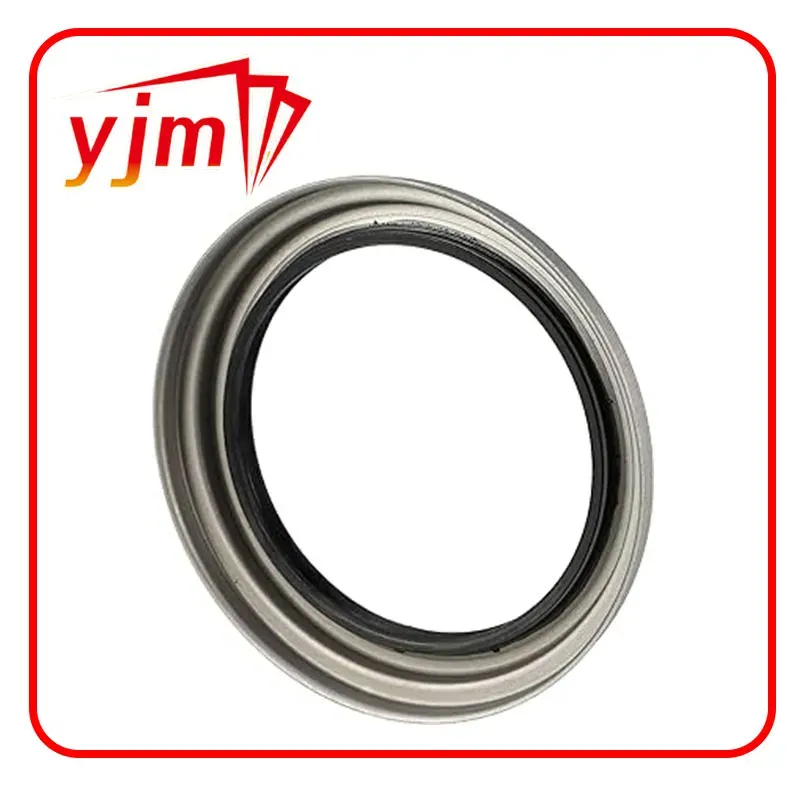Understanding the Importance of Rear End Seals in Automotive Applications
Understanding Rear End Seals Importance, Types, and Maintenance
In the world of automotive engineering, the functionality and longevity of a vehicle heavily rely on the efficiency of its various components. One crucial component that often goes unnoticed is the rear end seal. While it may seem like a minor part, the rear end seal plays a vital role in ensuring that a vehicle's differential functions properly and remains in optimal condition. This article explores the importance of rear end seals, the different types available, and maintenance tips to extend their lifespan.
Importance of Rear End Seals
The rear end seal, also known as the axle seal, is designed to prevent lubricating fluid from leaking out of the differential housing. The differential is an essential part of the drivetrain that allows wheels to rotate at different speeds, particularly during turns. It contains oil to ensure that all moving parts are properly lubricated, reducing friction and preventing wear. When the rear end seal fails, several problems can arise.
One of the most immediate consequences of a leaking rear end seal is fluid loss. This can lead to inadequate lubrication within the differential, resulting in increased friction and heat. Over time, this can cause premature wear of the gears and bearings, leading to catastrophic failure. Moreover, a significant fluid leak can also create environmental hazards and potentially contaminate the surrounding areas with oil, causing further issues.
Types of Rear End Seals
There are several types of rear end seals, each designed for specific applications and vehicle types
. The most common types include1. Rubber Seals These are the most widely used due to their flexibility, durability, and ability to conform to the mating surfaces. Rubber seals can effectively handle minor misalignments and are resistant to various automotive fluids.
2. Lip Seals Commonly used in high-performance applications, lip seals feature a flexible lip that presses against the axle shaft. This design provides excellent sealing capabilities and can withstand higher pressures.
3. Metal Seals Typically used in heavy-duty applications, metal seals offer superior resistance to wear and high temperatures. They are often employed in trucks and machinery that require robust sealing solutions.
rear end seal

4. Composite Seals These seals combine both rubber and metal components, offering advantages from both materials. They provide strength along with flexibility, making them suitable for diverse environments.
Maintenance Tips for Rear End Seals
To ensure the longevity of rear end seals and prevent costly repairs, regular maintenance is essential. Here are some tips to consider
1. Regular Inspections Periodically inspect the differential and surrounding areas for any signs of fluid leaks. Early detection of leaks can save you from more severe issues down the line.
2. Change Differential Fluid Follow your vehicle manufacturer’s recommendations for changing the differential fluid. Old or dirty fluid can cause stress on the seals and lead to premature failure.
3. Monitor Fluid Levels Regularly check the differential fluid levels. Low fluid levels can indicate a leak or problem with the rear end seal.
4. Address Noise Issues Unusual noises from the rear of your vehicle, especially whining or grinding sounds, can indicate differential problems. Address these issues promptly to avoid affecting the rear end seals.
5. Professional Service If you suspect that your rear end seal is damaged or leaking, it’s crucial to have it inspected and replaced by a professional. They have the expertise to assess the situation and ensure all components are functioning correctly.
Conclusion
Rear end seals may not be the flashiest components in a vehicle, but their role is undeniably significant. From preventing leaks to ensuring the smooth operation of the differential, these seals are essential for maintaining the integrity and performance of your vehicle. Understanding the types of rear end seals and implementing proper maintenance practices can extend the lifespan of this vital component, allowing you to enjoy a smoother and more reliable ride. Remember, a little preventive care goes a long way in automotive maintenance, keeping your vehicle in peak condition for years to come.
-
Understanding the Front Main Engine Seal: Purpose, Maintenance, and Installation
News Jul.29,2025
-
Understanding O-Rings and Seal Rings: Types, Applications, and Custom Solutions
News Jul.29,2025
-
Understanding Crankshaft Oil Seals: Rear Seals, Pulley Seals, and Their Role in Engine Integrity
News Jul.29,2025
-
The Importance of Front and Rear Crankshaft Seals in Engine Performance and Oil Management
News Jul.29,2025
-
Crank Oil Seals: Functions, Types, and Cost Considerations in Engine Maintenance
News Jul.29,2025
-
A Comprehensive Guide to O-Rings and Seals: Types, Materials, and Global Applications
News Jul.29,2025
-
Mastering Diesel and Performance Engine Maintenance: A Guide to Critical Oil Gaskets
News Jul.28,2025
Products categories















